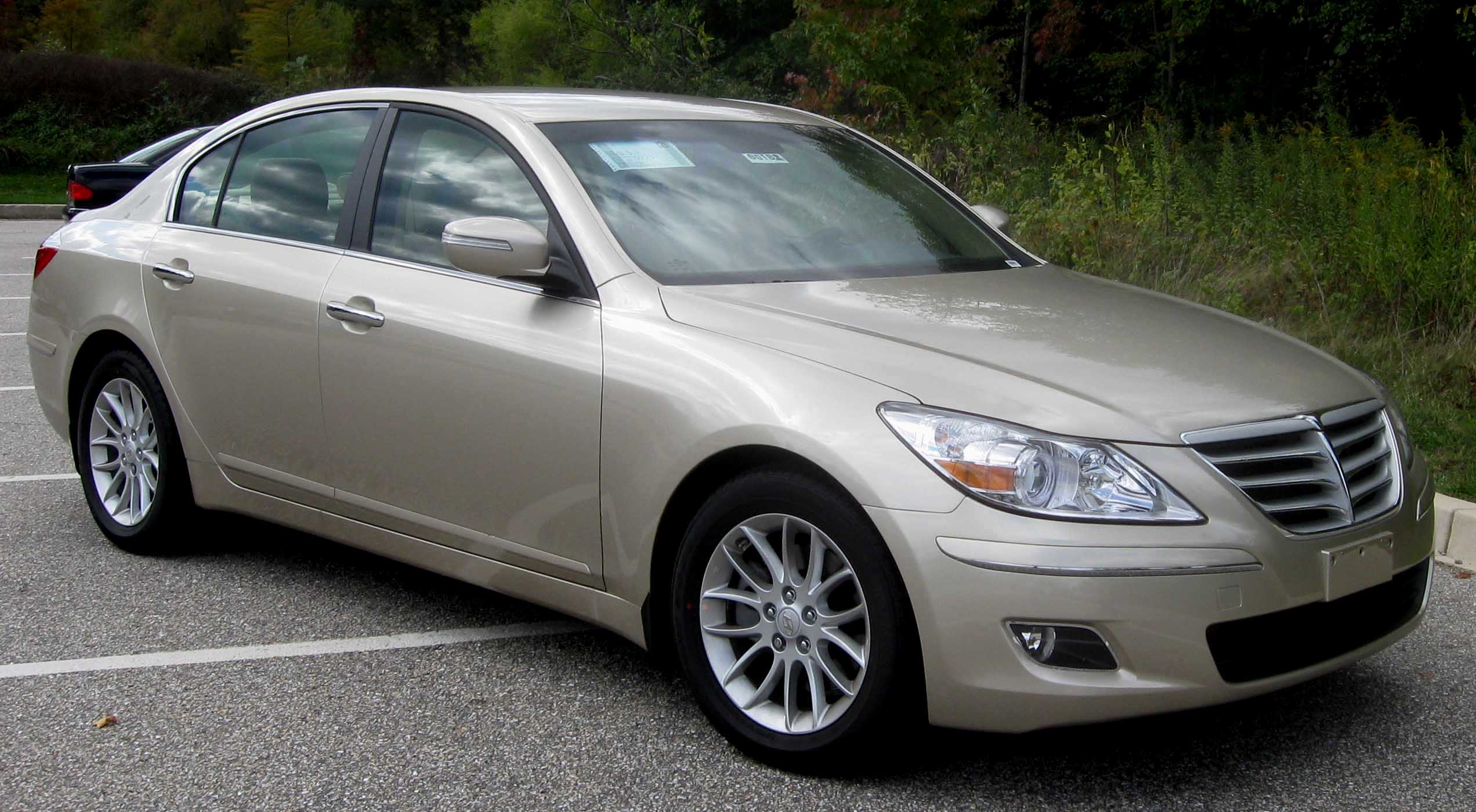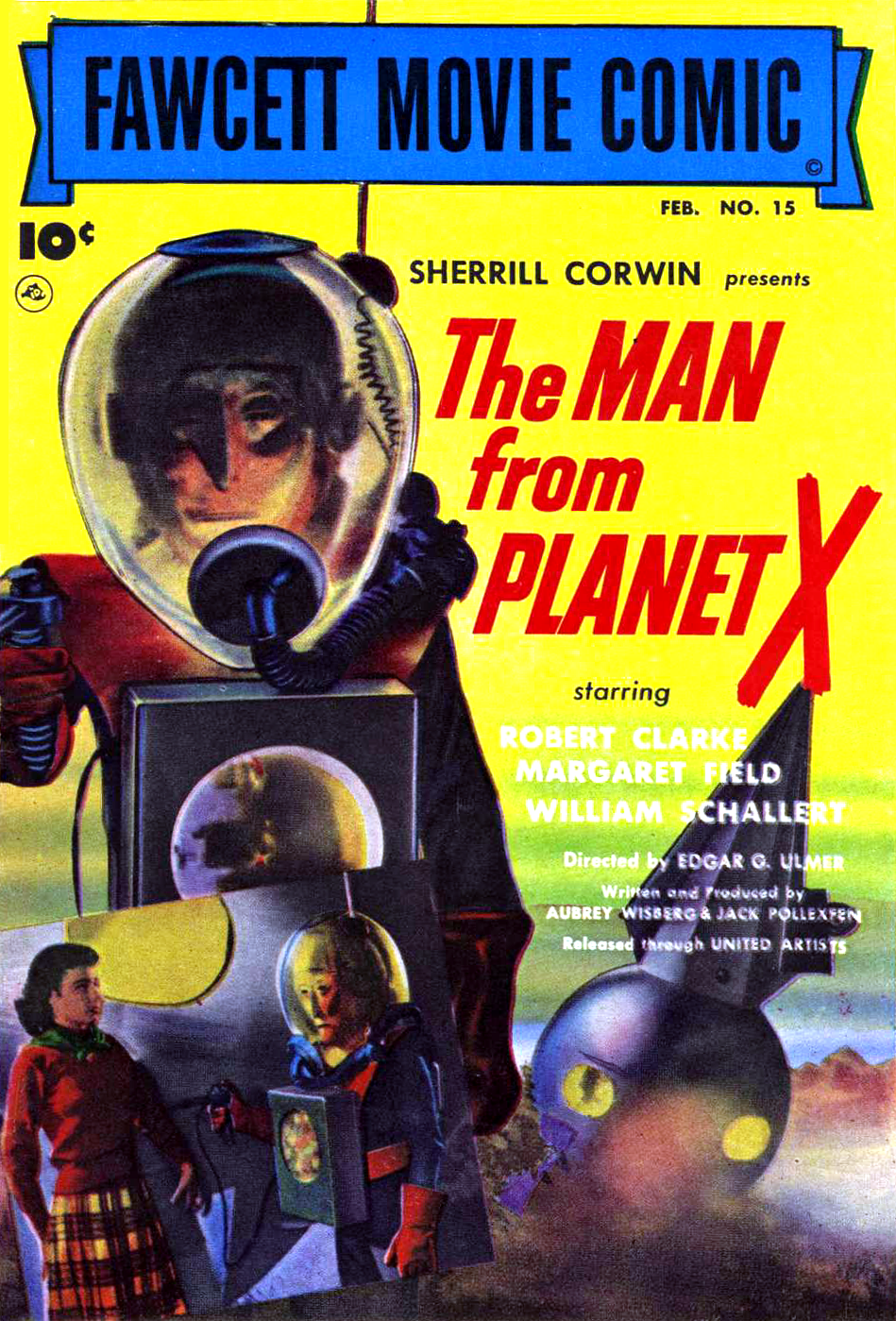|
Standard 8
The Standard Eight is a small car produced by the British Standard Motor Company from 1938 to 1959. The car was originally launched in 1938 as the Flying Eight. After the Second World War the Flying range of Standards was dropped but an updated car called the 8 hp was re-introduced in 1945. In 1953 a completely new car, the Standard Eight was launched sharing virtually nothing with its predecessor. In 1959 the car was dropped to be replaced by the Triumph Herald, as the Standard brand was being phased out. Flying Eight The Flying Eight was the smallest member of the Standard Flying family. It was launched by the Standard Motor Co Ltd late September 1938, prior to the 1938 Motor Show at Earls Court in October of that year. Apart from the power unit, it was a brand new design, and marked Standard's first entry into the smallest 8 hp market. The chassis frame was all new, with box section longitudinals, and independent front suspension (ifs) by a transverse leaf sp ... [...More Info...] [...Related Items...] OR: [Wikipedia] [Google] [Baidu] |
Standard Motor Company
The Standard Motor Company Limited was a motor vehicle manufacturer, founded in Coventry, England, in 1903 by Reginald Walter Maudslay. For many years, it manufactured Ferguson TE20 tractors powered by its Vanguard engine. All Standard's tractor assets were sold to Massey Ferguson in 1959. Standard purchased Triumph Motor Company, Triumph in 1945 and in 1959 officially changed its name to Standard-Triumph International and began to put the Triumph brand name on all its products. A new subsidiary took the name The Standard Motor Company Limited and took over the manufacture of the group's products. The Standard name was last used in Britain in 1963, and in India in 1988. History 1903–1914 Maudslay, great-grandson of the eminent engineer Henry Maudslay, had trained under John Wolfe-Barry, Sir John Wolfe-Barry as a civil engineer. In 1902 he joined his cousin Cyril Charles Maudslay at his Maudslay Motor Company to make marine internal combustion engines. The marine engines did n ... [...More Info...] [...Related Items...] OR: [Wikipedia] [Google] [Baidu] |
Overdrive (mechanics)
Overdrive is the operation of an automobile cruising at sustained speed with reduced engine speed (rpm), leading to better fuel consumption, lower noise, and lower wear. The term is ambiguous. The most fundamental meaning is that of an overall gear ratio between engine and wheels, such that the car is ''over-geared'', and cannot reach its potential top speed, i.e. the car could travel faster if it were in a lower gear, with the engine turning at higher RPM. The power produced by an engine increases with the engine's RPM to a maximum, then falls away. The point of maximum power is somewhat lower than the absolute maximum engine speed to which it is limited, the "redline". A car's speed is limited by the power required to drive it against air resistance, which increases with speed. At the maximum possible speed, the engine is running at its point of maximum power, or ''power peak'', and the car is traveling at the speed where air resistance equals that maximum power. There ... [...More Info...] [...Related Items...] OR: [Wikipedia] [Google] [Baidu] |
Rear-wheel-drive Vehicles
Rear-wheel drive (RWD) is a form of engine and transmission layout used in motor vehicles, in which the engine drives the rear wheels only. Until the late 20th century, rear-wheel drive was the most common configuration for cars. Most rear-wheel drive vehicles feature a longitudinally-mounted engine at the front of the car. Layout The most common layout for a rear-wheel drive car is with the engine and transmission at the front of the car, mounted longitudinally. Other layouts of rear-wheel drive cars include front-mid engine, rear-mid engine, and rear-engine. Some manufacturers, such as Alfa Romeo, Lancia, Porsche (944, 924, 928) and Chevrolet (C5, C6, and C7 Corvettes), place the engine at the front of the car and the transmission at the rear of the car, in order to provide a more balanced weight distribution. This configuration is often referred to as a transaxle since the transmission and axle are one unit. History 1890s to 1960s Many of the cars built in the 19th cent ... [...More Info...] [...Related Items...] OR: [Wikipedia] [Google] [Baidu] |
Convertibles
A convertible or cabriolet () is a passenger car that can be driven with or without a roof in place. The methods of retracting and storing the roof vary across eras and manufacturers. A convertible car's design allows an open-air driving experience, with the ability to provide a roof when required. A potential drawback of convertibles is their reduced structural rigidity (requiring significant engineering and modification to counteract the side effects of almost completely removing a car's roof). The majority of convertible roofs are of a folding construction framework with the actual top made from cloth or other fabric. Other types of convertible roofs include retractable hardtops (often constructed from metal or plastic) and detachable hardtops (where a metal or plastic roof is manually removed and often stored in the trunk). Terminology Other terms for convertibles include cabriolet, cabrio, drop top, drophead coupé, open two-seater, open top, rag top, soft top, spid ... [...More Info...] [...Related Items...] OR: [Wikipedia] [Google] [Baidu] |
Sedans
A sedan (American English) or saloon (British English) is a passenger car in a three-box configuration with separate compartments for an engine, passengers, and cargo. The first recorded use of ''sedan'' in reference to an automobile body occurred in 1912. The name derives from the 17th-century litter known as a sedan chair, a one-person enclosed box with windows and carried by porters. Variations of the sedan style include the close-coupled sedan, club sedan, convertible sedan, fastback sedan, hardtop sedan, notchback sedan, and sedanet. Definition A sedan () is a car with a closed body (i.e., a fixed metal roof) with the engine, passengers, and cargo in separate compartments. This broad definition does not differentiate sedans from various other car body styles. Still, in practice, the typical characteristics of sedans are: * a B-pillar (between the front and rear windows) that supports the roof; * two rows of seats; * a three-box design with the engine at the front and ... [...More Info...] [...Related Items...] OR: [Wikipedia] [Google] [Baidu] |
Cars Introduced In 1938
A car, or an automobile, is a motor vehicle with wheels. Most definitions of cars state that they run primarily on roads, seat one to eight people, have four wheels, and mainly transport people rather than cargo. There are around one billion cars in use worldwide. The French inventor Nicolas-Joseph Cugnot built the first steam-powered road vehicle in 1769, while the Swiss inventor François Isaac de Rivaz designed and constructed the first internal combustion-powered automobile in 1808. The modern car—a practical, marketable automobile for everyday use—was invented in 1886, when the German inventor Carl Benz patented his Benz Patent-Motorwagen. Commercial cars became widely available during the 20th century. The 1901 Oldsmobile Curved Dash and the 1908 Ford Model T, both American cars, are widely considered the first mass-produced and mass-affordable cars, respectively. Cars were rapidly adopted in the US, where they replaced horse-drawn carriages. In Europe and other pa ... [...More Info...] [...Related Items...] OR: [Wikipedia] [Google] [Baidu] |
Standard Motor Company Vehicles
Standard may refer to: Symbols * Colours, standards and guidons, kinds of military signs * Standard (emblem), a type of a large symbol or emblem used for identification Norms, conventions or requirements * Standard (metrology), an object that bears a defined relationship to a unit of measure used for calibration of measuring devices * Standard (timber unit), an obsolete measure of timber used in trade * Breed standard (also called bench standard), in animal fancy and animal husbandry * BioCompute Standard, a standard for next generation sequencing * ''De facto'' standard, product or system with market dominance * Gold standard, a monetary system based on gold; also used metaphorically for the best of several options, against which the others are measured * Internet Standard, a specification ratified as an open standard by the Internet Engineering Task Force * Learning standards, standards applied to education content * Standard displacement, a naval term describing the wei ... [...More Info...] [...Related Items...] OR: [Wikipedia] [Google] [Baidu] |
The Man From Planet X
''The Man from Planet X'' is a 1951 independently made American black-and-white science fiction horror film, produced by Jack Pollexfen and Aubrey Wisberg, directed by Edgar G. Ulmer, that stars Robert Clarke, Margaret Field, and William Schallert. The film was distributed by United Artists. The story concerns a humanoid who lands on Earth in a spaceship from a mysterious planet and makes contact with a small group of humans on an isolated, fog-shrouded Scottish moor. Plot A spaceship from a previously unknown planet lands in the Scottish moorlands, bringing a humanoid alien to Earth near the observatory of Professor Elliot (Raymond Bond). When the professor and his friend, American reporter John Lawrence ( Robert Clarke), discover the spaceman, they help and try to communicate with it, failing in their attempt. They leave, and the alien follows them. A colleague of the professor, the unscrupulous and ambitious scientist Dr. Mears (William Schallert), discovers that the ... [...More Info...] [...Related Items...] OR: [Wikipedia] [Google] [Baidu] |
Standard Ten
The Standard Ten was a model name given to several small cars produced by the British Standard Motor Company between 1906 and 1961. The name was a reference to the car's fiscal horsepower or tax horsepower, a function of the surface area of the pistons. This system quickly became obsolete as an estimate of the power produced by the engine, but it continued to be relevant as a way to classify cars for tax purposes. Like other manufacturers, Standard continued to use the name to define the approximate size of their 'Ten' model long after the origins of the name had, in Britain, become inapplicable. An experimental two-cylinder "10" was made in 1906, after which Standard's next car in that category was a four-cylinder 9.5 tax horsepower built between 1914 and 1919. They returned to the market in 1934; this model was replaced in 1937 by a "Flying Ten" that lasted until the outbreak of World War II. Standard again returned to the market in 1954 with another Ten, which was sup ... [...More Info...] [...Related Items...] OR: [Wikipedia] [Google] [Baidu] |
1958 Standard Eight Rear
Events January * January 1 – The European Economic Community (EEC) comes into being. * January 3 – The West Indies Federation is formed. * January 4 ** Edmund Hillary's Commonwealth Trans-Antarctic Expedition completes the third overland journey to the South Pole, the first to use powered vehicles. ** Sputnik 1 (launched on October 4, 1957) falls towards Earth from its orbit and burns up. * January 13 – Battle of Edchera: The Moroccan Army of Liberation ambushes a Spanish patrol. * January 27 – A Soviet-American executive agreement on cultural, educational and scientific exchanges, also known as the " Lacy–Zarubin Agreement", is signed in Washington, D.C. February * February 1 – Egypt and Syria unite to form the United Arab Republic. * February 2 – The ''Falcons'' aerobatic team of the Pakistan Air Force led by Wg Cdr Mitty Masud set a world record performing a 16 aircraft diamond loop in F-86 Sabres. 30,000 people àre in attendance including Pr ... [...More Info...] [...Related Items...] OR: [Wikipedia] [Google] [Baidu] |
The Motor (magazine)
''The Motor'' (later, just ''Motor'') was a British weekly car magazine founded on 28 January 1903 and published by Temple Press. It was initially launched as ''Motorcycling and Motoring'' in 1902 before the title was shortened. From the 14 March 1964 issue the magazine name was simply ''Motor''. Compared to rival ''The Autocar'' (later, just ''Autocar''), ''Motor'' was more informative and more conservative. The magazine usually included: * News and scoops of the latest cars * Motorsport news and results * Car reviews – normally two, both 2 pages long with specifications and impressions. * Road tests – one per week and very detailed In 1988, the journal was absorbed by its long-standing rival '' Autocar'', which became, from the 7 September issue, ''Autocar & Motor''. Six years later, with the 21 September 1994 issue, the name reverted to ''Autocar''. References 1903 establishments in the United Kingdom 1988 disestablishments in the United Kingdom Automobile maga ... [...More Info...] [...Related Items...] OR: [Wikipedia] [Google] [Baidu] |
Overhead Valve Engine
An overhead valve engine, abbreviated (OHV) and sometimes called a pushrod engine, is a piston engine whose valves are located in the cylinder head above the combustion chamber. This contrasts with flathead (or "sidevalve") engines, where the valves were located below the combustion chamber in the engine block. Although an overhead camshaft (OHC) engine also has overhead valves, the common usage of the term "overhead valve engine" is limited to engines where the camshaft is located in the engine block. In these traditional OHV engines, the motion of the camshaft is transferred using pushrods (hence the term "pushrod engine") and rocker arms to operate the valves at the top of the engine. However, some designs have the camshaft in the cylinder head but still sit below or alongside the valves (the Ford CVH and Opel CIH are good examples), so they can essentially be considered overhead valve designs. Some early intake-over-exhaust engines used a hybrid design combining eleme ... [...More Info...] [...Related Items...] OR: [Wikipedia] [Google] [Baidu] |








